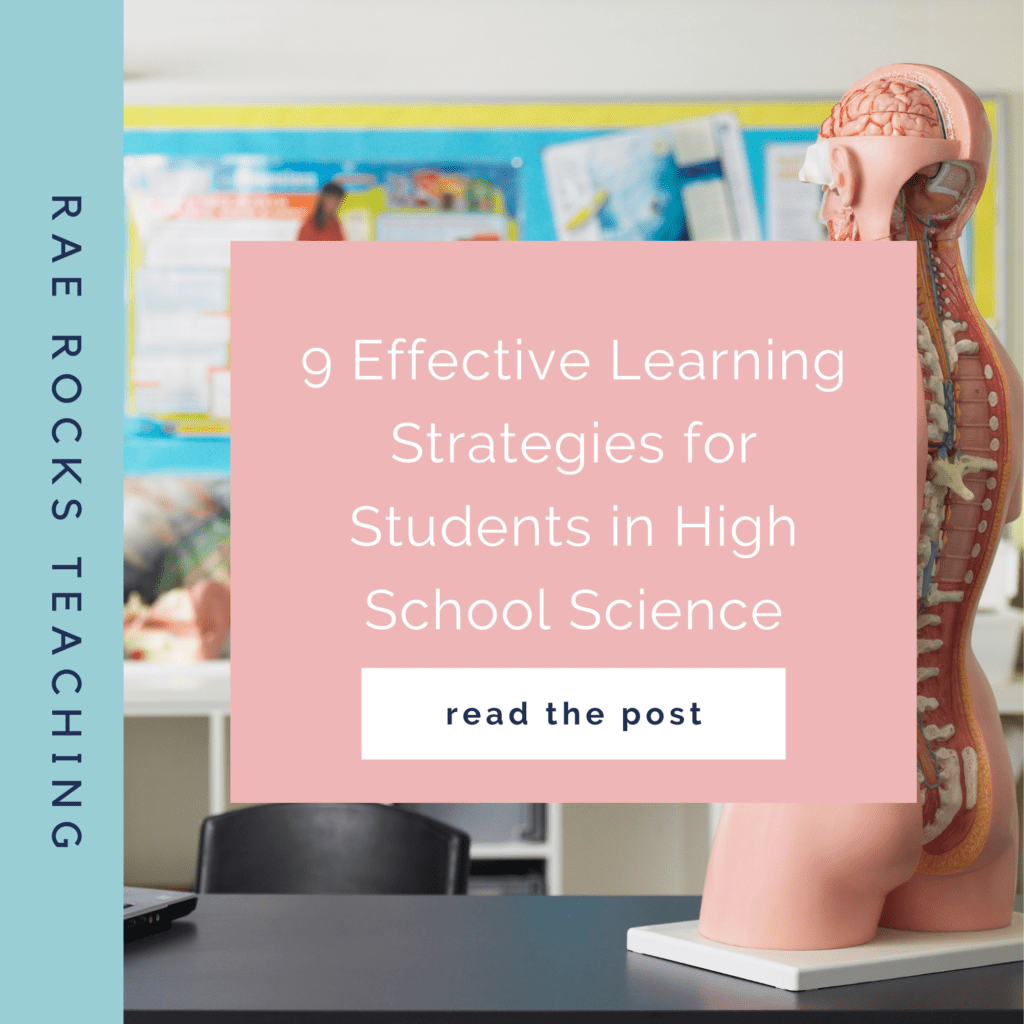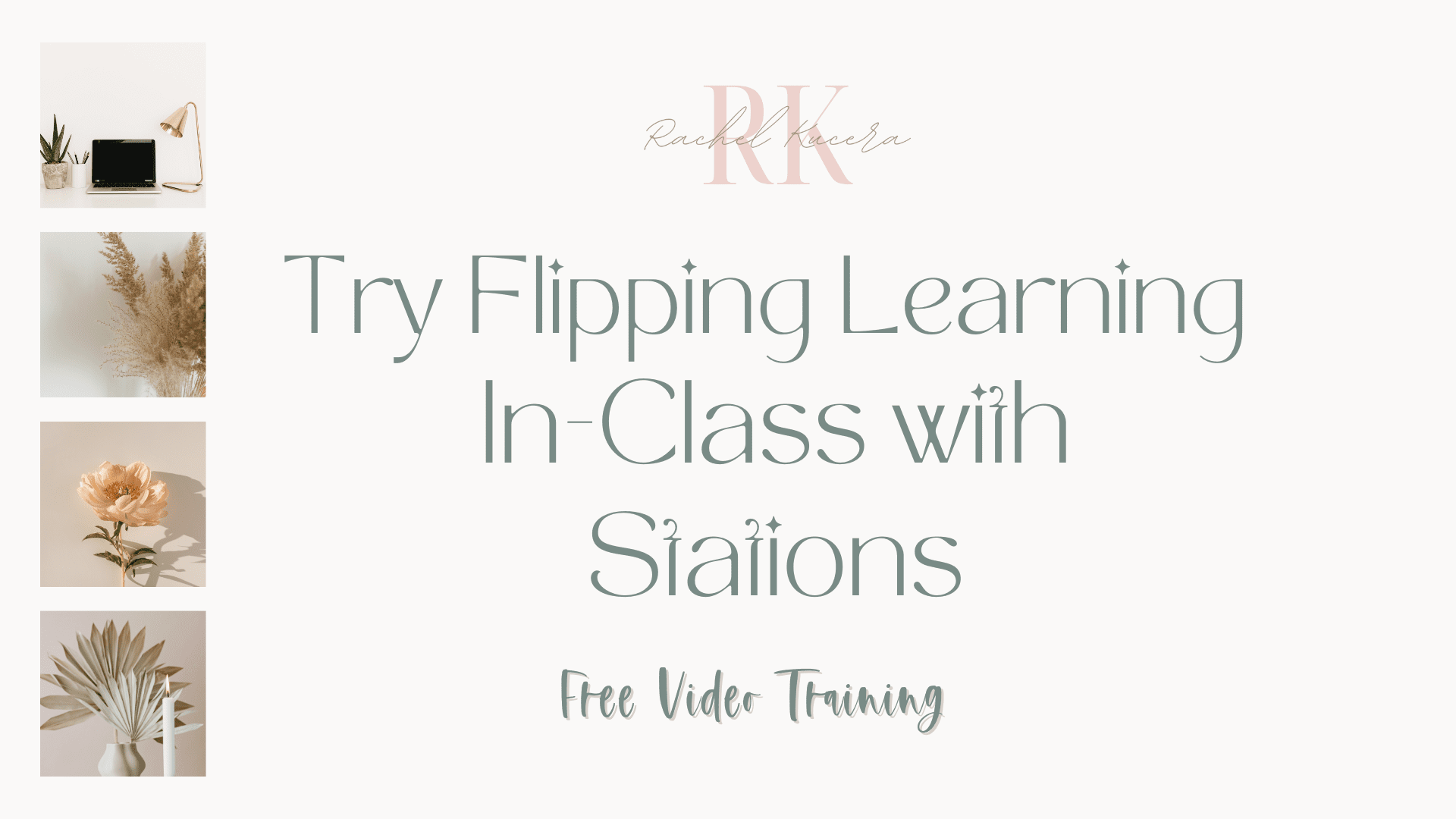Hey there teacher friend! I see you over there on your computer googling effective learning strategies for students on your short planning period. Stop it…eat a snack, stretch and let me take the guesswork out of your search.
But first…have you thought about Flipping your class, but weren’t sure it would work? Click here to gain access to this FREE TRAINING on the In-Class Flip Using Stations to help increase your students engagement.
Ok, so are you ready for me to spill deets? Then keep reading friend!
Effective Learning Strategies for Students
I just want to mention that this is not an exhaustive list, however, I believe these 9 are the most effective learning strategies.
One | Spaced Repetition
This one is probably one of the most difficult for students to understand and actually do. Spaced repetition is when you study small chunks over a long period of time rather than cramming the night before. I mean even when I was in high school (and college) I would cram. However, I know now that I was doing a disservice to myself by waiting to the last minute. We can help our students out for example by having them practice with flashcards the first 5-10 minutes of class with a partner. I do this all of the time, especially with units heavy in vocabulary.
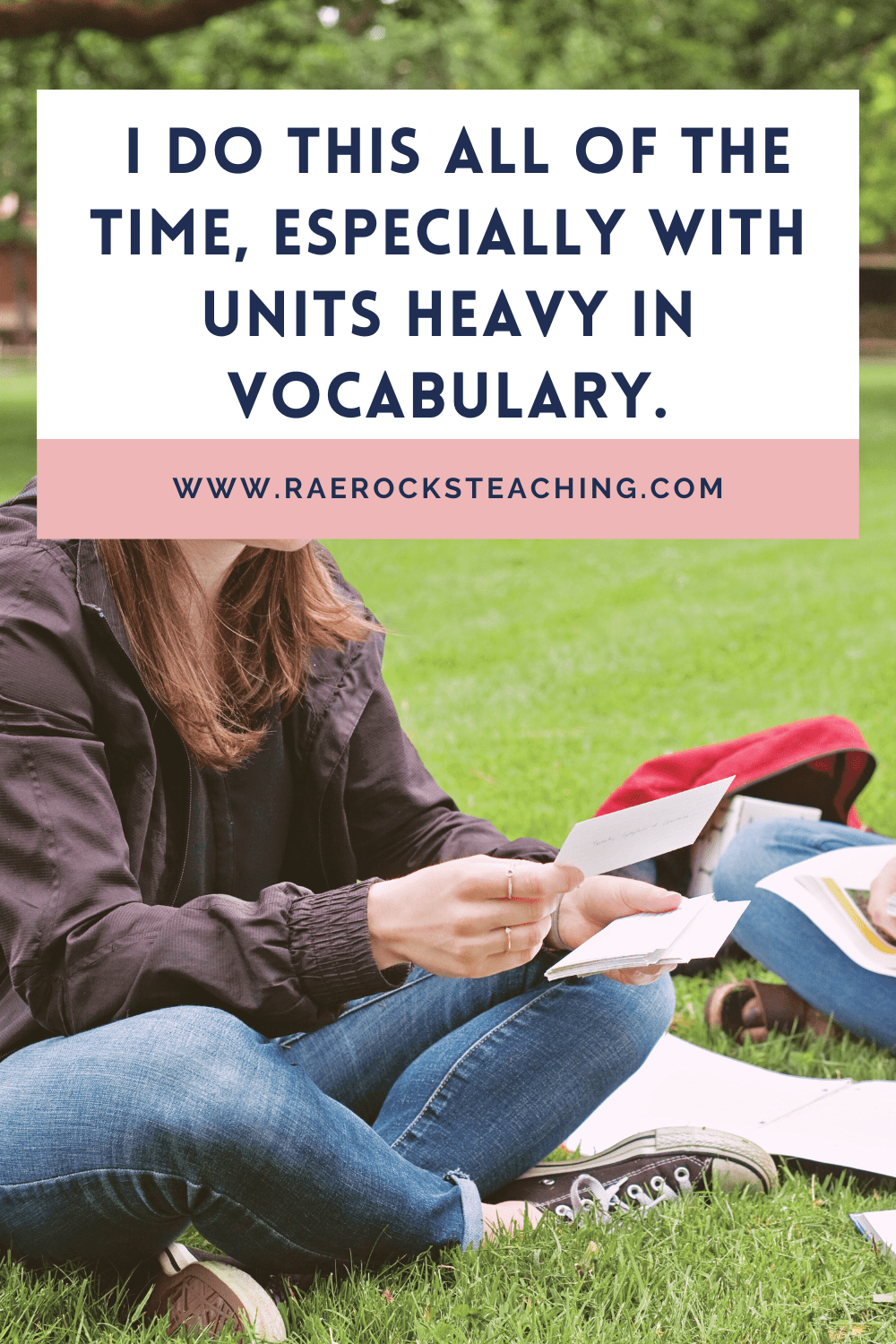
-
Save
Two | Retrieval Practice
This is when students will test themselves either b yusing a practice quiz, answering study guide questions, or possibly even writing summaries (hello Cornell Notes). I emphasize this one heavily and post many review games on my class website just for this reason. There are some great digital games that will assist in this practice.
Three | Elaboration
This is where students try to make connections from wat they are learning to their own experiences. For example, students could relate what they are learning about the human heart to their own experiences with exercise and heart rate. This would be a great place to do some fun labs. As much as possible, it is important that you try to make the content relevant to students own lives, because that is when it sticks with them.
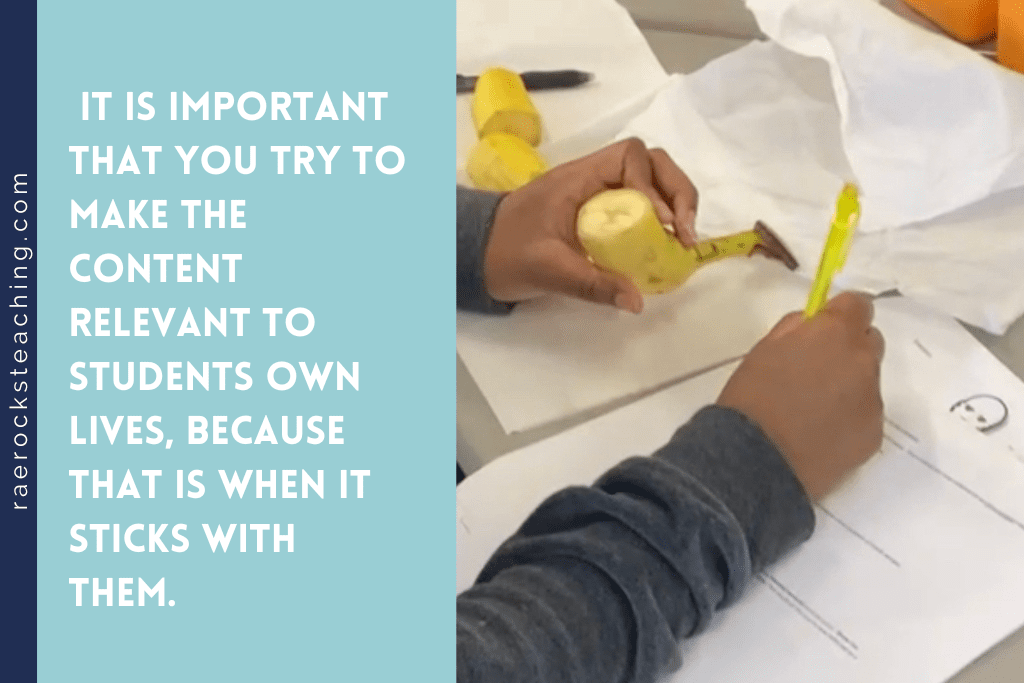
-
Save
Four | Mnemonic Devices
This is wonderful for helping students remember to order of certain processes. These are acronyms or visual associations that help you remember information. ROYGBIV (colors of the visible spectrum) is one that is used so widely that I fell like everyone knows, including my 6 year old. Another example is King Phillip Came Over For Grape Soda which represents the taxonomic categories in classification such as Kingdom, Phylum, Class, Order, Family, Genus, Species.
Five | Active Learning
When you get students involved in what they are learning it serves so many purposes. Your students will become more engaged and will be more invested when they are working actively with the content. This is why I am such a strong believer in stations, labs, and collaborative work. Students who DO will become students who UNDERSTAND.
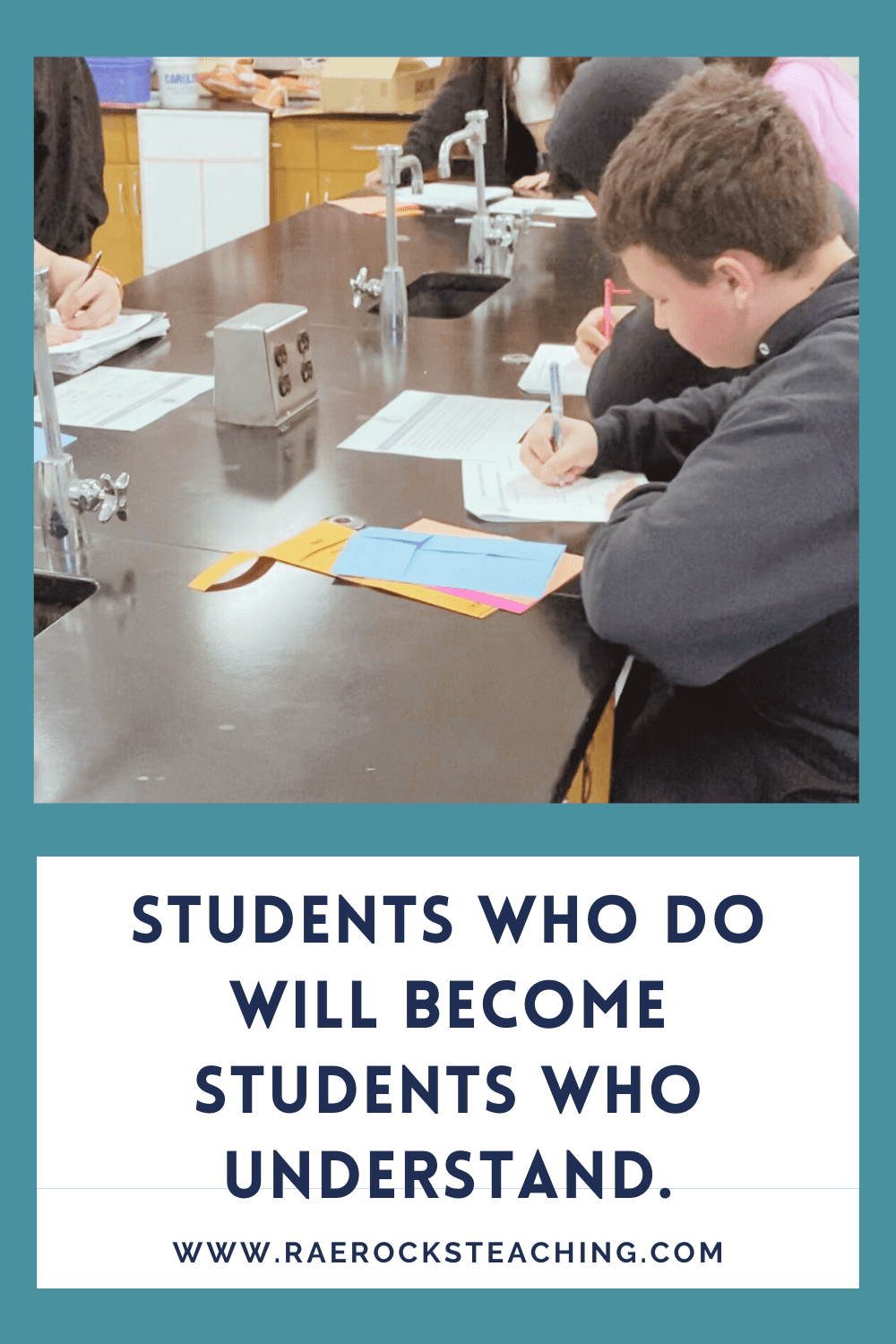
-
Save
Six | Dual Coding
This practice is where you use both words and pictures to help you learn the material. I love doing this with my students because when they draw a picture that represents the word, it naked those enural connections. Oftentimes, they can remember the picture they drew and it will remind them of what the term means. It is a perfect complement to their regular flashcards and will elevate their learning by including pictures.
Seven | Concept Mapping
Making connections to other concepts can be difficult for some students. I like to use concept maps to help them make these connections. A concept map takes a large amount of information and condenses it into a visual map that will show all the relationships in a neat and organized way. The concept maps I give my students are filled with diagrams, arrows, and boxes for them to fill in the correct terms. These serve as great reviews to content and can be very useful to our visual learners.

-
Save
Eight | Interweaving
This practice relates to mixing up different concepts you are practicing, instead of practicing them separately. For example, when studying the different organ systems, alternate between studying them independently and how they interact with the other body systems. This will create a bigger picture of not only how the systems work, but ow they operate together to keep us alive.
Nine | Generation
Generation is when students try to generate the information themselves, instead of just passively receiving it. For example, instead of me handing out a completed diagram of the digestive system, I would give them one with blanks. They would go off what they know to complete it first, then through stations or the textbook find the answers they do not already know. This creates interest and has their brains focused on completing the diagram. I do not give them the answers, so they know they need to be accurate. They can then collaborate with others in their class to make sure they have the same answers. Another example is having students draw their own diagrams and label them, such a body systems or food webs. This creates another level of investment in learning the material.
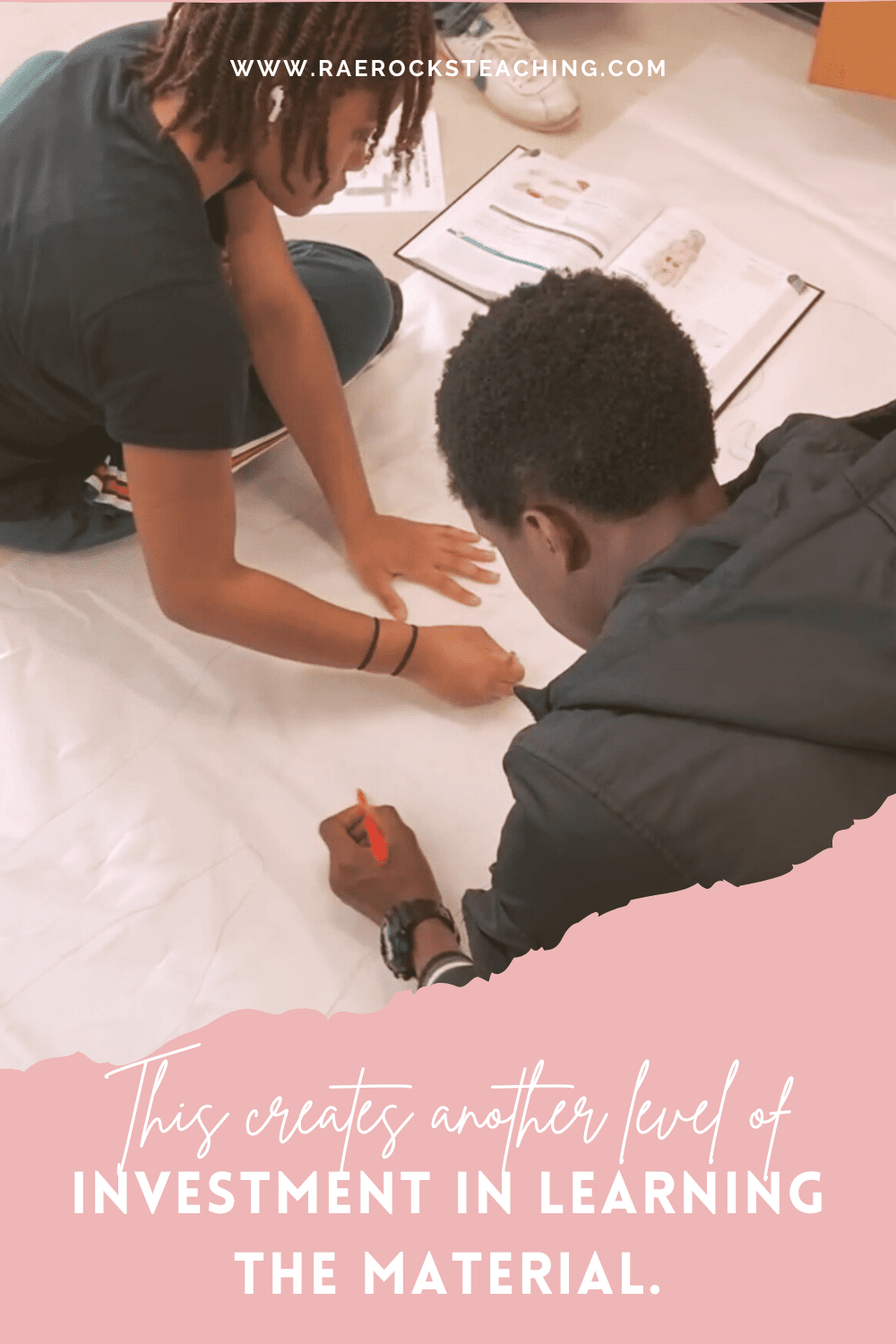
-
Save
Effective learning strategies for students are not a one size fits all solution, but rather should be tailored to the individual student’s learning needs. This is a process that requires thoughtfulness, creativity, and dedication on our part. Our students thrive when we equip them with the right tools and strategies to help them learn more effectively. Through modeling, collaboration, and feedback, we are able to provide them with the support they need to become active, engaged learners.
Don’t forget to access and watch the FREE TRAINING on the In-Class Flip Using Stations.

-
Save
I love sharing helpful content with y’all and would love to connect on IG or Facebook. I’m on TikTok too! Follow me and send me a DM with what you need more of because I’m here to help! If you are looking for even more inspiration, find me on Pinterest!
Wanna read more?
How and Why I Use Student-Led Stations to Teach Kingdoms Living Organisms
Fun Ways to Investigate Anatomical Terms of Positions Using Stations
7 Ways to Use Butcher Paper for Demonstrating Organs of the Body Systems
Share via:

